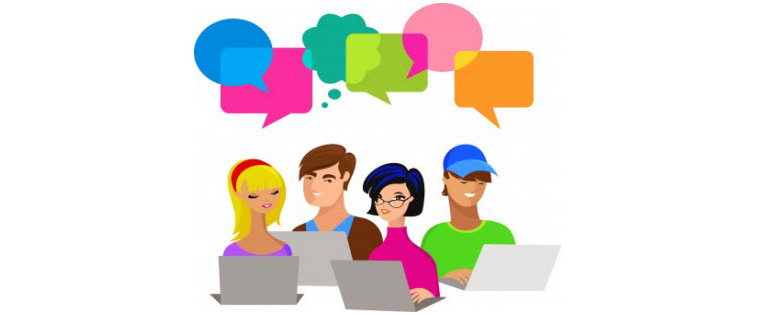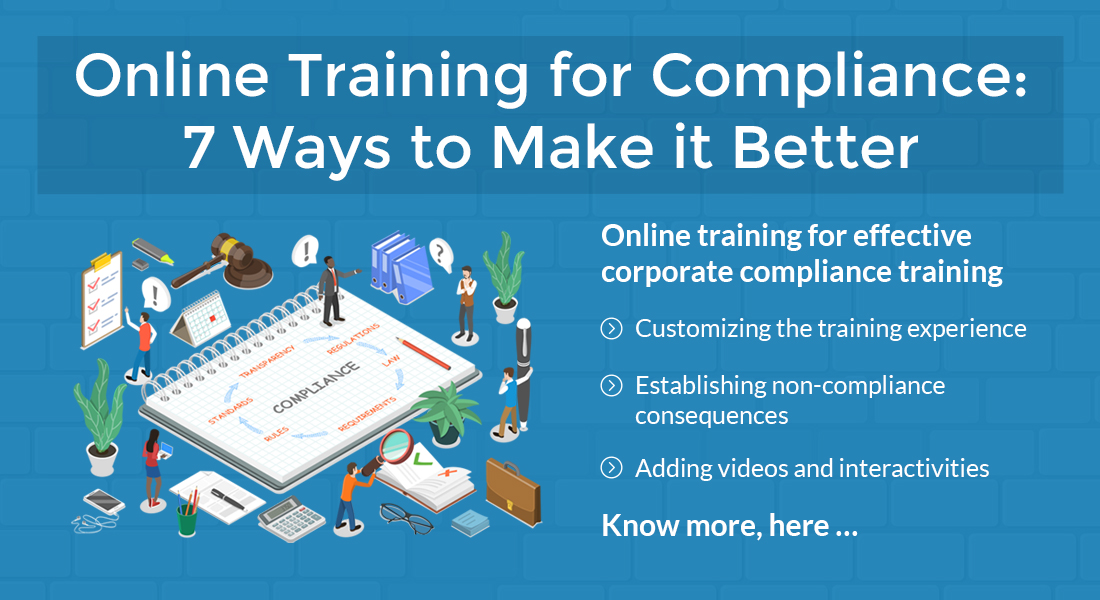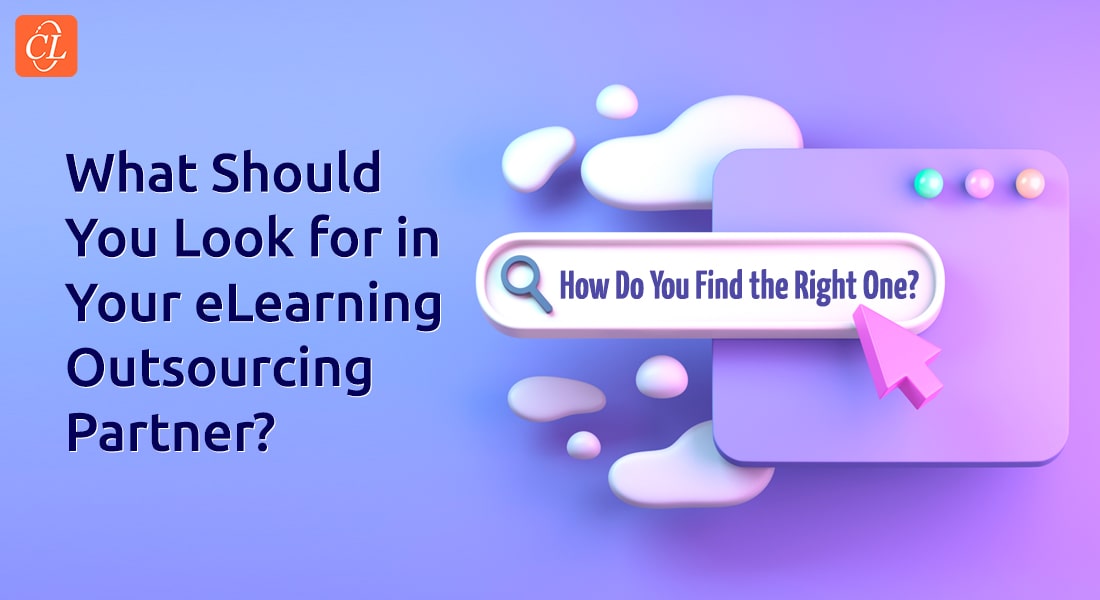Overcome Communication Barriers Through Online Content Translation Services

With each passing day, globalization keeps making the corporate world a more compact place. Companies are increasingly outsourcing their operations all around the world to get the best expertise and infrastructure, in a cost-effective way. Working across time zones also enables them to work round the clock, which increases delivery capabilities and productivity. Therefore, all in all, for whatever possible reasons, this global setup of businesses is here to stay. Globalization might have melted the geographical barrier, but it is yet to melt the language barrier that still strongly prevails.
→ Download eBook: Classroom to eLearning Conversion - Everything You Always Wanted to Know
Businesses spread across countries and continents mean working with people from varied language and cultural zones. Each language has a myriad of nuances. These differences shape the way people communicate in different places. Different cultures also play a large part in the way people perceive information.
Learning habits of people are built on top of their linguistic and cultural foundations. Hence, it is unfair to expect from people to learn in a language they are not entirely comfortable in. This poses a big challenge for organizations as they prefer a proficiently trained workforce, across all their varied locations. An evenly trained workforce means more chances of developing local business and better services to existing clients.
Translation and localization of elearning courses can close the gaps in your training program. Below are some of the ways in which translation services help you tackle the challenges arising out of linguistic and cultural barriers:
One Size Doesn’t Fit All
Elearning courses often have elements that are very region-specific. Elements used for one particular region won’t necessarily hold true for other regions. In fact, it can be quite the contrary. What is a learning pointer for one culture can be perceived in a completely different light in another. Translation and localization services make sure that all these elements in your digital learning courses are culturally correct for all your diverse employees, leaving no scope for employees to misinterpret or take offense with your content.
Changed Content and Look
Whenever you change the language of any text, it is bound to increase or decrease in size. The same holds true for elearning courses. A change in the amount of text means a change in the overall layout of the course. Users will end up with an unpolished version of the course that is not aesthetically pleasing. Vendors who provide translation services take into account the size and layout changes, modifying the course accordingly. This ensures that your course looks and feels the same way across all languages.

Classroom to eLearning Conversion
Everything You Always Wanted to Know
- Converting classroom material to eLearning
- Leveraging authoring tools for conversion
- Understanding different avatars of eLearning
- And More!
Altered Graphical Elements
Videos, voiceovers, infographics, and gaming-elements are largely present in all eLearning courses. They are some of the most visually appealing content that plays a huge role in increasing user engagement and knowledge retention. Effective eLearning translation converts all these elements to its new language, appropriately. It also removes or changes any parts that might be deemed culturally unsuitable for the target audience, preserving the course’s visual value.
Employee Loyalty
English might be a global language, but not everyone who understands it wants to learn in it too. Countries where English might not be in complete circulation will have a hard time grasping a training in English. For these countries, it is always best to translate a course in their native language. Employees value an organization that goes through great lengths to provide them with top-notch training content, in a language most comfortable to them. It boosts employee loyalty and renews people’s interest in undertaking the training.
Integrate world-class translation services to effectively overcome all communication barriers. Treat your global workforce as one large family, and ensure that everyone gets the best food for thought.





